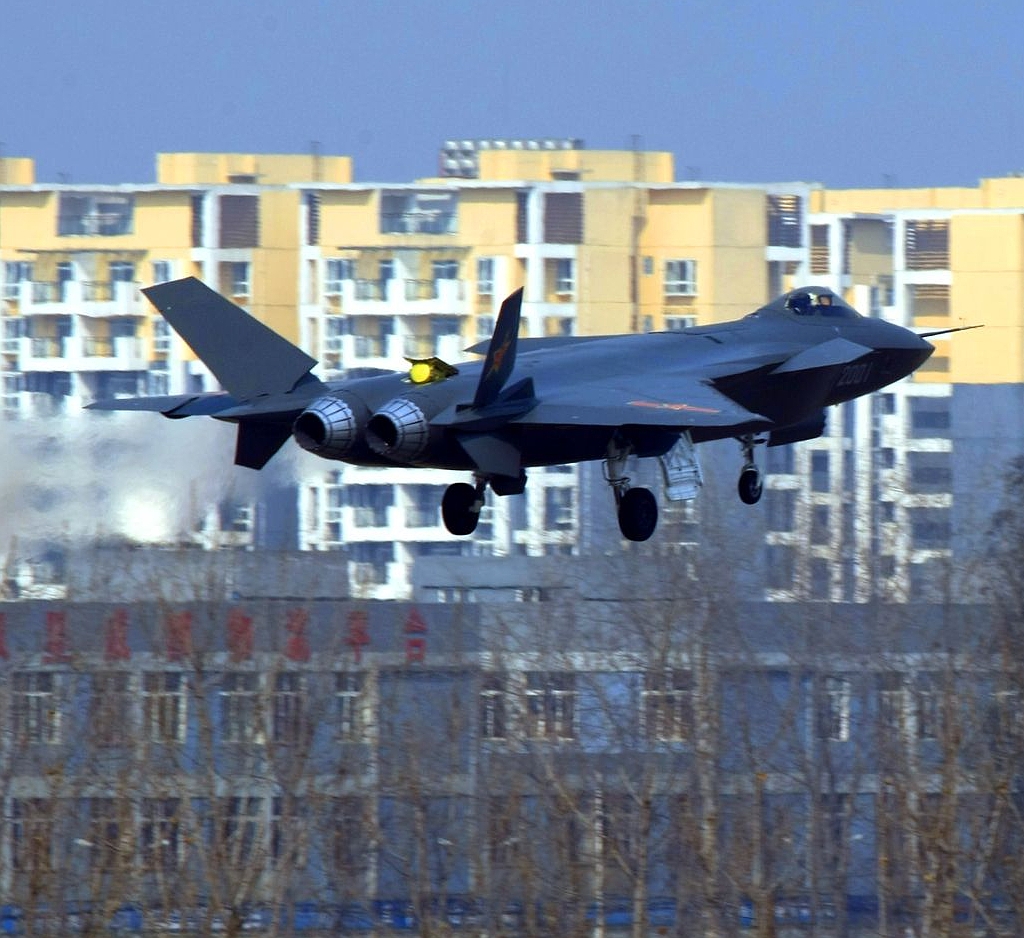Length 62 ft / 18.90 m
Height 16.7 ft / 5.09 m
Wingspan 44.5 ft / 13.56 m
Wing area 840 sq ft / 78.04 sq m
Horizontal tail span 29 ft / 8.84 m
Weight empty 43,340 lb /19,700 kg
Maximum take-off weight 83,500 lb / 38,000 kg
Internal fuel
with two external wing tanks 18,000 lb / 8,200 kg
26,000 lb / 11,900 kg
Speed Mach 2 class
Range* > 1,600 n. mi
Power plant Two F119-PW-100 turbofan engines with two-dimensional thrust vectoring nozzles
Engine thrust 35,000 lb / 15,876 kg
where does it say in the lockheed martin webpage the F-22 achieves Mach 2.3?



